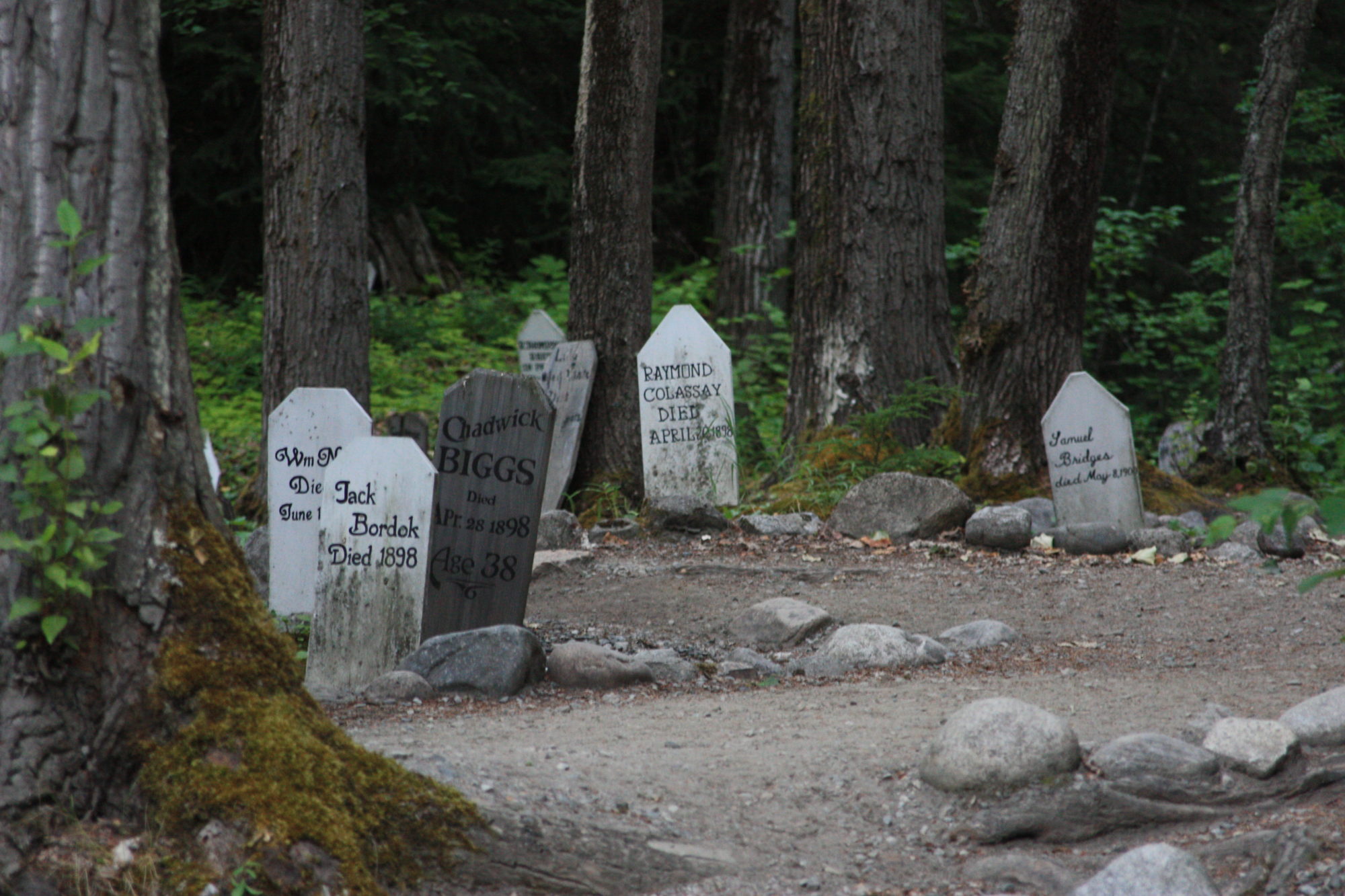
On this day, August 17, 1917 a large boulder fell down the mountainside and took out an engine. The Engineer was Walter Collin McKenzie and his 25-year old son, Robert Daniel McKenzie known as “Bert”, was the fireman. They were unfortunaly both killed as the engine rolled down the mountain. No other cars or engines were affected.
In June 1908 the Baldwin Locomotive Works Co. of Philadelphia, delivered two specially designed narrow gauge steam locomotives that had been ordered by the WP&YR. Although Engine 68 was destroyed in 1917, the twin engine, No. 69 would spend the next 46 years puffing across rugged Alaskan and Canadian mountain ranges that had been conquered by the WP&YR.
WP&YR officials recognized a need for additional motive power that would primarily be used to help pull or push freight and passenger trains over the steep grades encountered between Skagway and the summit over White Pass, where the track level rises more than two feet in every 100 feet of distance. At the time of completion Engine 69, at 134,369 pounds, was one of the heaviest narrow gauge, outside-frame locomotives built by Baldwin. It was capable of tackling grades of 3.9 percent and curves and radiuses of up to 20 degrees. The tractive power of 69 was equivalent to that of many standard-gauge engines and it was well-suited to running over rails weighing 56 pounds per yard. In the course of its now-100-year history, the venerable Baldwin 2-8-0 has served in two countries, has transported thousands for either fun or profit.
from Graves, The White Pass; Skagway death records; Weather underground photo.
